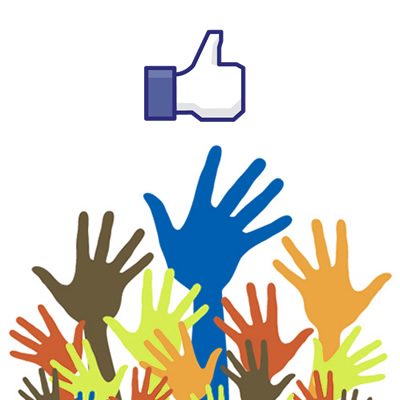What’s to Like About Likes?

Last summer (2012), the BBC investigated the value of ‘likes’ on Facebook (http://www.bbc.co.uk/news/technology-18813237). It found that companies were spending money to obtain likes, when these might often not actually be real people’s accounts – or from people who actually have an interest in that company. They demonstrated this by creating a completely fake page and received over 3,000 likes in a week. Obviously this shows that measuring the number of likes (or ‘followers’ to carry the example over to Twitter) is a questionable method of determining social media success or popularity.
But is this all bad? It definitely suggests you shouldn’t use measures like this for determining business success, returns on investments, sales, or engaged, dedicated brand-advocates. But does a page with more likes appear more attractive to a potential customer? Consider whether you would rather ‘like’ a company’s page yourself if it had 2000 likes, or 10? Or 0? It is possible that an initial spike in the number of likes could help give the community a chance to grow, develop and take off, attracting the valuable customers that the business needs for a supportive, engaged group.
Alternatively, what happens when someone arrives at a page, sees that it has a few thousand likes, but there is no interaction in return to the brand’s posts: no likes, no comments, no shares. This paints the picture of a very un-engaged audience, which is probably true if these likes are people who know nothing about the company. Would this desolate space put you off interacting yourself?
This is undoubtedly a tricky balance that companies need to get right in order to succeed on social media. But it is clear that any success at all depends on committed, engaged supporters who interact on the brand’s content, create their own, and were aware enough that the social media profile existed in the first place to be able to do so.
